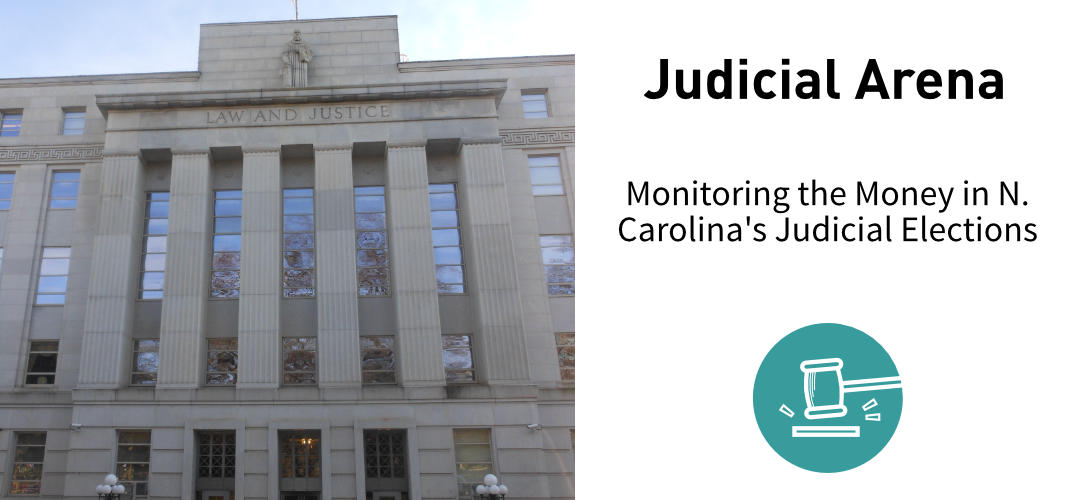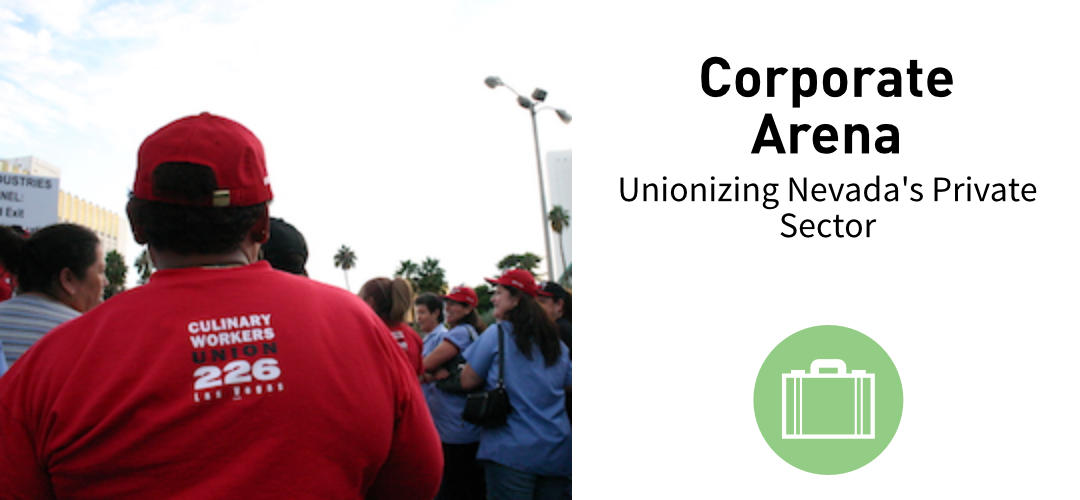Arenas of Change
Where does the struggle for progressive change—and ultimately, progressive governance—actually occur? In this section, we describe six decision-making arenas—the target areas for organizing efforts to push, pass, and protect progressive policies and systemic change. These include the electoral, legislative, judicial, administrative, communications, and corporate arenas. Together these define the broad terrain where ideas, policies, and power are contested. This tool poses questions that identify rules, structures, and systems in each arena. While we have not yet identified metrics to answer every question, the metrics below help us start to uderstand the opportunities for, and roadblocks to, progressive governance in different states.
Electoral Arena - Choose State
The electoral arena is where voters are the final decision makers: They shape policy indirectly through electing representatives or directly through ballot initiatives.
Explore Electoral Data in Your State
Ease of Voter Registration and Voting
How accessible is registration in the state? What is the availability of early voting, online voting, and vote-by-mail? Does the state have voter ID laws, and how strict are they? How long do voters have to wait at the polls before they can cast their ballots.
Fairness of Electoral Laws
To what degree does the state enfranchise voters, particularly immigrants (through integration efforts) and formerly incarcerated (through state law)?
Availability of Public Campaign Financing
Does the state provide public campaign financing to level the playing field for candidates?
Existence of Ballot Initiatives
Does the state allow ballot initiatives? If so, how easy (or not) is it to get an initiative on the ballot? What form do they take (i.e., constitutional amendments, statutes, or referenda)?
Fairness of Re-Districting
Who draws legislative district boundaries (e.g., elected representatives or committees of non-elected, non-partisan experts)? How gerrymandered is the state?
Availability of Public Campaign Financing
Does the state provide public campaign financing to level the playing field for candidates?
has the following limits on contributions to state campaigns by various bodies:
Legislative Arena - Choose State
The legislative arena is where elected officials and policy makers are the decision makers as they propose, craft , and approve (or disapprove) laws.
Explore Legislative Data in Your State
Capacity and Professionalism of Legislators
How does the structure of the legislature (part-time vs. full-time) dictate the capacity of legislators to get things done? Do legislators have term limits? How are legislative offices staffed? What are state legislators' compensation? How does all this affect the types of candidates who run for office (e.g., career politicians, corporate representatives, independently wealthy people, or "everyday" people)?
Strictness in Lobbying Rules
Does the state regulate lobbyists in terms of transparency and ethics? For instance, are state legislators required to disclose gifts from lobbyists? To what extent do lobbyists and legislators follow state regulations?
Structure of Legislature
Is the state legislature full-time, part-time, or a hybrid structure?
Judicial Arena - Choose State
The judicial arena is where decision makers are state-level courts and judges as they determine the legality of policies and practices.
Explore Judicial Data in Your State
Fairness of Sentencing Laws
To what extent do people of color—particularly, Black and Latino men—disproportionately end up in court and get harsher punishments than their white counterparts? To what extent does this same group disproportionately make up the state's incarcerated population?
Enforcement of Ethics and Monitoring Money
Does the state have campaign spending limits in judicial elections? On what grounds do states require judges recuse themselves from cases, if at all? Do these recusal rules apply to campaign contributions?
Accessibility of Courts to Consumers and Workers
What are the rules and resources around self-representation? What legal resources exist for low-income people, people with disabilities, and people who do not speak English?
Judicial Diversity
How diverse is the judiciary? Are people of color sitting on the bench? Are women? How does the method of selection affect this?
Administrative Arena - Choose State
The administrative arena is where executive officials and government staff are the decision makers. They oversee and implement laws and rules, coordinate regulatory bodies, and administer public participation processes.
Explore Administrative Data in Your State
Enforcement of Ethics
What types of ethics enforcement rules exist to hinder corruption within government agencies? Are there bodies that audit and provide oversight of agencies? What structures exist to ensure public transparency in administrative decision-making processes?
Rule Making and Resource Allocation
To what extent does the governor have decision-making power over the state budget, legislative enactment, department and committee appointments, and other oversight measures? Under what circumstances can the governor use veto power, if at all? What more informal power and political weight does the governor hold?
Capacity and Resources of Agencies
Do agencies have adequate capacity and resources to achieve implementation of policies passed by the state legislature? What indicators and measures do government agencies utilize to guide decision making? To what extent do government departments and agencies collaborate? What structures exist to engage the public in decision- making processes?
Communications Arena - Choose State
Communications as an arena of change is about the power to influence the values, worldviews, and understandings of the public at-large.
Explore Communications Data in Your State
Diversity in Media Content and Ownership
Who owns the major media outlets in the state? What alternative (non-profit, non-corporate) media outlets exist? How much airtime do progressive organizations get in these outlets?
Public Accessibility to Information
How many reporters cover statehouses and local politics? Do residents have affordable, broadband, and high-speed internet access? How does the state fare in terms of computer, internet, and social media literacy/use?
Corporate Arena - Choose State
The corporate arena is where business management and corporate stakeholders make decisions that directly affect workers and families.
Explore Corporate Data in Your State
Level of Regulation
What individual rules govern different sectors and industries? How are these regulations monitored and executed? How are these regulatory agencies funded? How does the public participate in shaping regulations? How do these align with or differ from national and regional/local regulations?
Presence and Influence of Unions and Unionized Employers
What is the state's private sector union density? What sectors are unions the strongest in, and what weight do these sectors have in the state's economy? What democratic practices exist in these unions? How are these unions tied to broader social and community movements?







